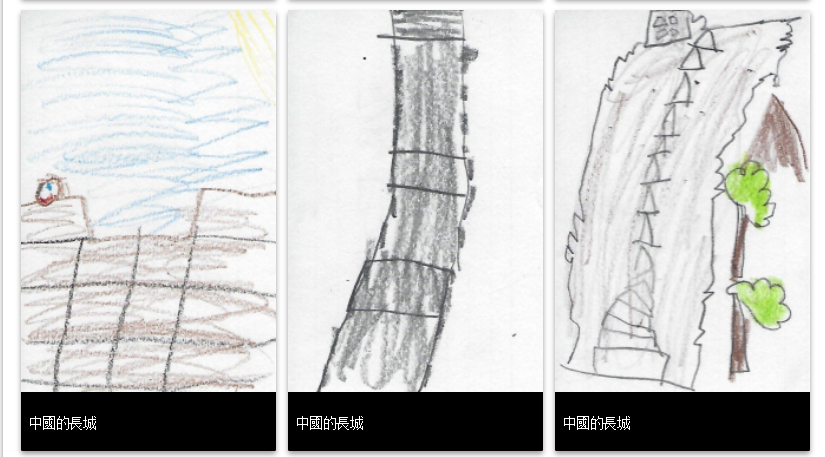This lesson is for : Grade 2:
Summary
After visiting Henricus Historical Park in the fall, students in Mrs. Hoy’s second grade class began their unit on Native Americans. Second grade students, in the state of Virginia, are required to learn about three diverse Native American tribes found within the United States. Using their HCPS Google Account, students created individual Google Presentations highlighting these tribes, their contributions, their environments and adaptations to different living conditions. Students used research tools such as PebbleGo, graphic organizers, documents found on the VDOE, Discovery Education videos, teacher made resources and YouTube educational videos to gather their information. After all the facts and information were plugged into their presentations students enhanced their final product by inserting images found within Google and creating a regional map using Pixie. Students then used the app Chatterpix to design a talking character using a common Native American symbol such as a longhouse, teepee, multi-terraced buildings and some even used the Powhatan character Pocahontas . these additional projects were then embedded into their presentations. Finally, the students spent time editing with a peer, editing with their classroom teacher and ITRT and publishing their presentations to the web.
TIPC Ratings
Research & Information Fluency
Rating: Ideal – Explanation: Research and information fluency rated as an ideal category. The students used various types of digital and nondigital resources to collect their information. During their research and class lessons, together with their teacher/ITRT, the students selected what they felt to be the most important information to include in their presentation.
Communication & Collaboration
Rating: Developing – Explanation: Communication and Collaboration rated as a developing category. These were individual projects. Each child worked to completed his or her own presentation. True collaboration did not take place until peer editing began. If this project was completed again it would be very easy to have the students work collaboratively using Google Presentation. The students did learn how to share their presentations with their classroom teacher so that she could help with the editing.
Critical Thinking & Problem Solving
Rating: Approaching – Explanation: Critical Thinking and Problem Solving rated as an approaching category. This was a new digital tool to these students. Lesson two involved signing them into their Google account. No one in the class had previously used Google Presentations. Students were challenged to find appropriate images, unique slides, colors and fonts that complemented their work and didn’t distract you from the important information and make it all fit neatly within each individual slide. When the project was in it’s final stages students spent time critically evaluating their peers’ work. If an error or issue was found the students were encouraged to give suggestions on how to solve the problem, not just point out the mistake.
Creativity & Innovation
Rating: Ideal – Explanation: Creativity and Innovation rated as an ideal category. Through this process students implemented a new digital tool, embedded and linked projects using additional resources such as Pixie and Chatterpix and added an individual touch by selecting fonts, images and features to make their presentations unique. Students were given guidelines to follow however they were also encouraged to let their project be a representation of their individual creativity. Finally their finished products were posted to the class blog for viewing by peers and parents.







